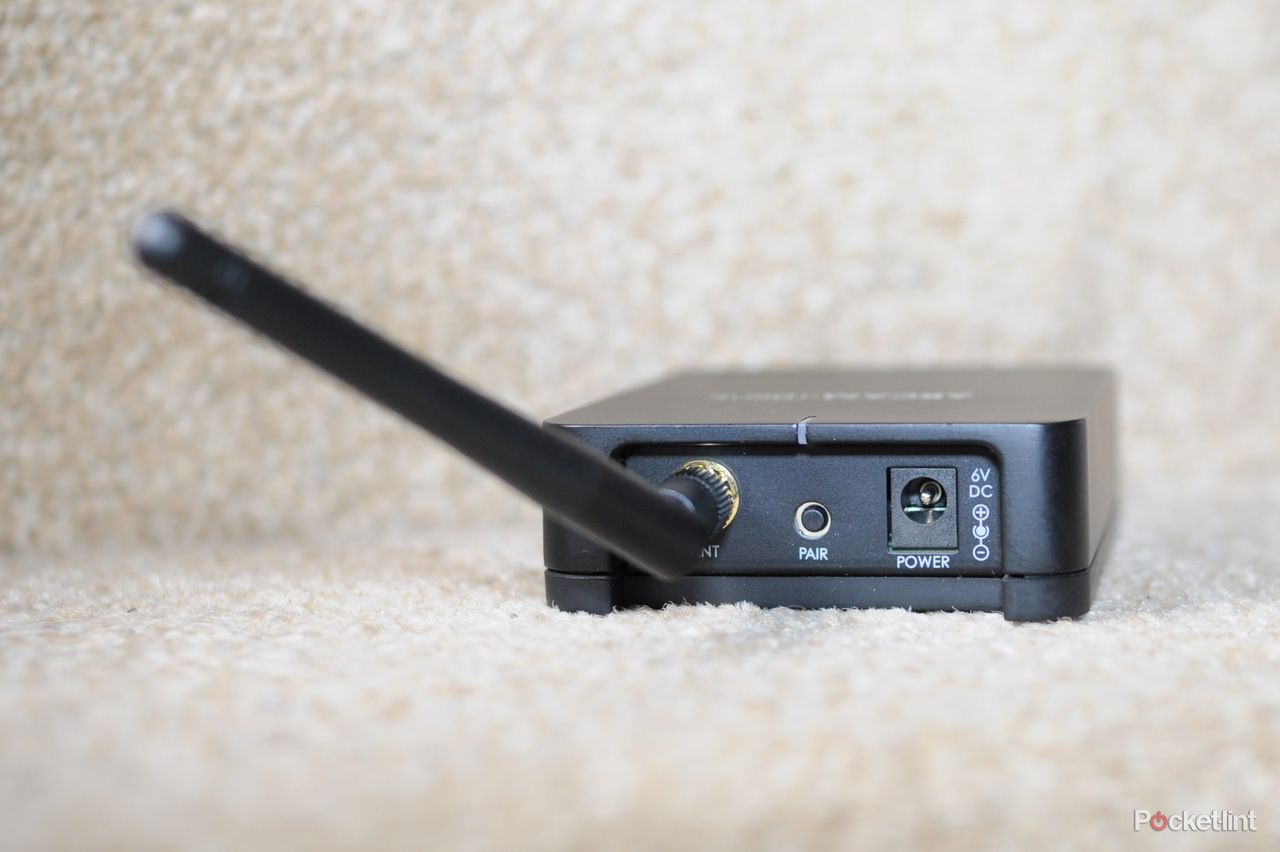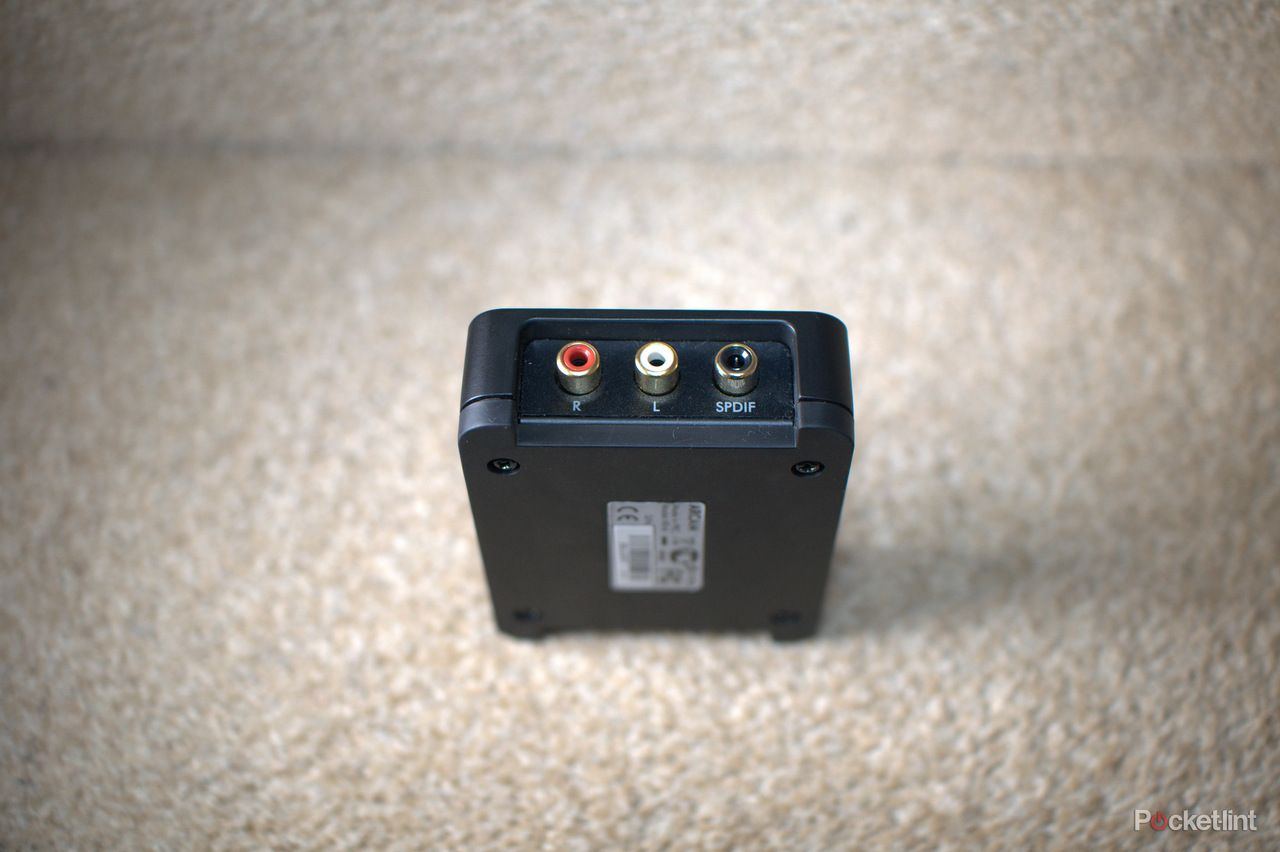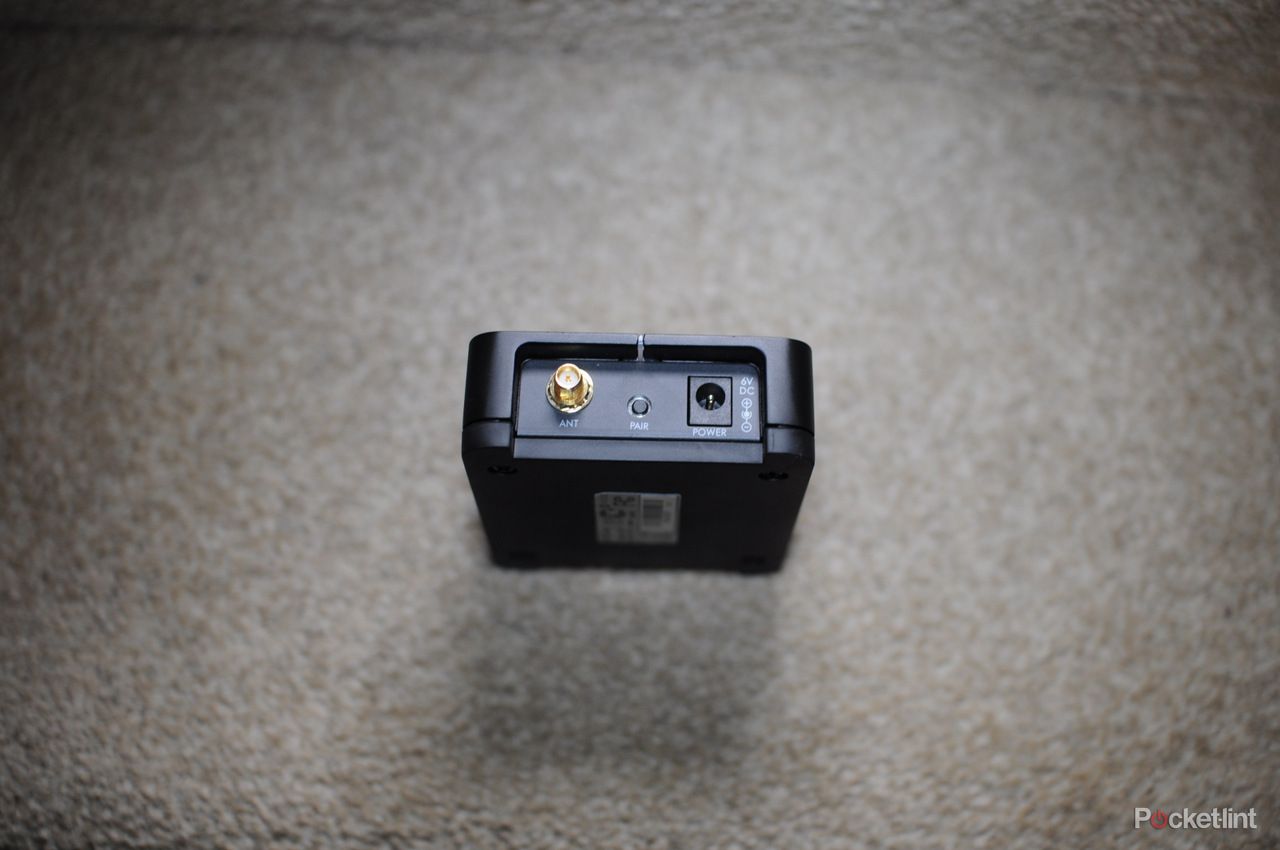There was a time when sending audio via Bluetooth was something audiophiles would just not do. Indeed, perhaps many of them still wouldn't, but you can tell the tide is turning when Arcam - the company well known for its multimedia prowess - jumps on board with the rBlink, its own Bluetooth adaptor for hi-fi units.
Our quick take
We think that if you care about music, and would consider Bluetooth as a viable method of delivery (some just won't) then the rBlink will be something worth considering. We've loved the convenience of it, and the audio quality is simply fantastic too.
It is expensive though. But considering the extra functionality it brings to your audio system, it might also be possible to argue that it's saving you the cost of having to replace your whole system. It brings a new lease of life.
Simply put we love the sound quality, and if you're looking for a Bluetooth adaptor for your system then we're certain you'll be pleased with what you get here.
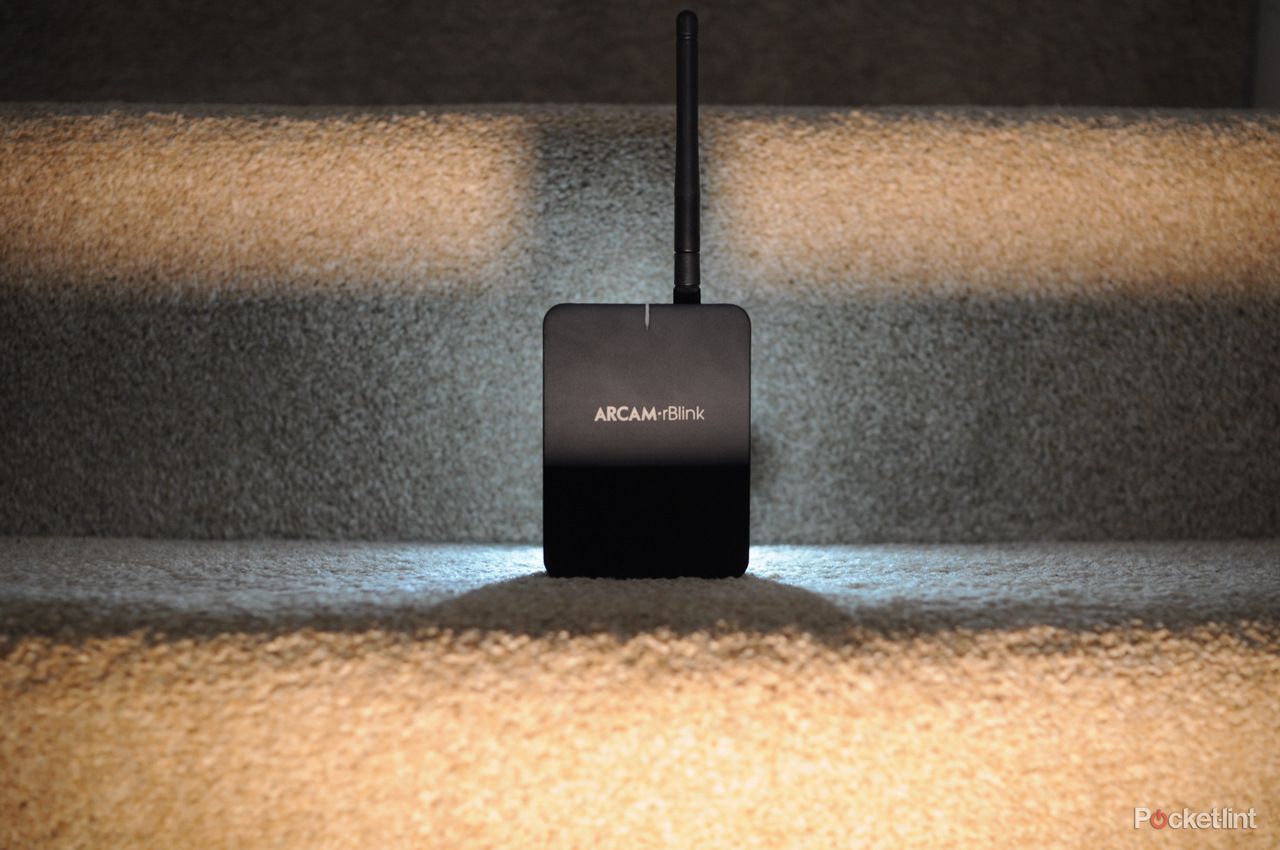
Arcam rBlink - 5.0 / 5
| FOR | AGAINST |
|---|---|
|
|
The Arcam rBlink is designed to take audio from your phone, tablet or music player sent via Bluetooth and turn it into the best possible sound at the receiving end. This is a fantastic idea, because most decent music systems don't have Bluetooth, and this solution is built with quality in mind.
Front to back
The rBlink has clearly been designed to do a job, and for the most part be hidden out of sight. It's a kind of odd design too, in that there are connections on both the front and the back. It's sort of hard to tell which is the front and which is the back.
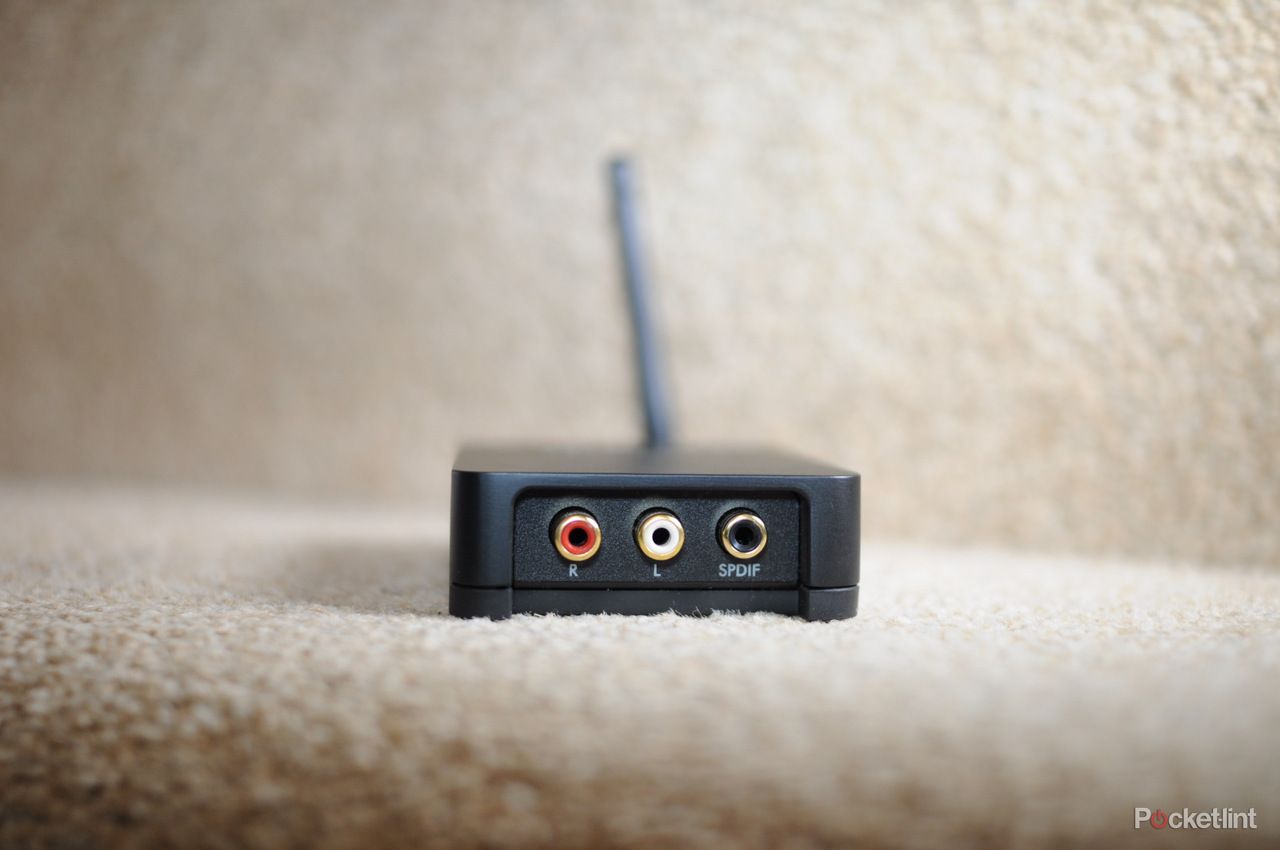
On the front - we figured it out eventually - there's a coaxial digital output that can be used with almost any AV receiver, along with a lot of modern audio systems. There are also stereo audio outputs that can feed high-quality sound over to pretty much any audio system from the past 40 years or so. In fact, RCA audio jacks were invented in the 1940s, so there are some really old hi-fi systems out there that could suddenly take Bluetooth streamed audio from a smartphone. Now that's kind of cool.
On the back there's a power input, an antenna and a small Bluetooth pairing button.
The device - as you might hope, considering its price - is made from a sturdy metal and feels like it could survive pretty much anything. That's good news if you like your audio components to last a long time.
D'ya like DACs?
One thing you'll want to consider is just how good your audio system is. Cheaper systems might use cheaper audio digital to analogue converters (DACs), so you may find that using the digital output is a false economy. Arcam, after all, excels in audio processing, so it makes sense to use its expertise and take the RCA audio output, as decoded by the rBlink, rather than let your system decode the digital bitstream.
But if you have spent a lot of money on a DAC - audio lovers probably will have done - then you might well prefer to use the coaxial digital output. There's an argument to be made here that perhaps you could use a cheaper device, given that you're not expecting as much from it. In truth, there are other really good reasons to buy the Arcam over a cheaper unit, the external antenna being one of them.
Sound quality
First up, should you want to get the best out of the rBlink - and, presumably, you do - then make sure your device supports aptX. This oddly named series of letters and cases is a much-improved method for sending audio over Bluetooth that first appeared on Apple devices and has since spread to other phones and tablets. If your phone doesn't support aptX, then you won't get the very best quality out of the rBlink.
We tested plenty of different music via our rBlink, something that was made easy because playing music from our phone to the devices was less hassle than faffing about on the computer and looking for our favourite tracks. And given the selection of content we use from phones - such as Radio Player, Podcasts and Google Music - we see our phone as a real hub for listening.
From a straight-up quality perspective we couldn't be happier either. The Arcam rBlink does what it sets out to do: provide a way to hear music via Bluetooth in the best imaginable quality. Indeed, we found that listening to our phone via Bluetooth using the rBlink was a better experience than listening via the headphone socket of the phone.
We're also impressed by the reception. The large antenna on the rBlink means that you are almost certain not to hear any dropouts when playing music. And that's important as this is something that infuriates us on other audio systems that don't have an external antenna. Even our beloved Sony NFC Bluetooth speaker drops out from time to time, but we never experienced that with the rBlink.
rBlink and you'll miss it
With its £160 asking price, there's a powerful argument to be made that the rBlink is too expensive. But we think the cost is pretty reasonable for audio lovers - many of whom will spend vast sums of money to get the best kit.
We also wonder if it would have made sense to make the rBlink an Airplay device too, giving Apple devices another way to connect to it. In honesty though, Airplay is less power efficient, and aptX offers audio quality that's up there with Apple's streaming format.
The obvious counter argument to the price is that the rBlink sounds spectacular. We paired the rBlink with a selection of decent audio devices and were really pleased with the sound we got out. Sure, there probably are cheaper devices out there, but not significantly so, and none that we've heard that sound as strong.
To recap
If you need to get Bluetooth audio in to your existing hi-fi system, then the rBlink is without doubt the way to do it. There are cheaper options, but this one sounds gorgeous, has the signal strength advantage with the antenna and is built like a tank for longevity.

